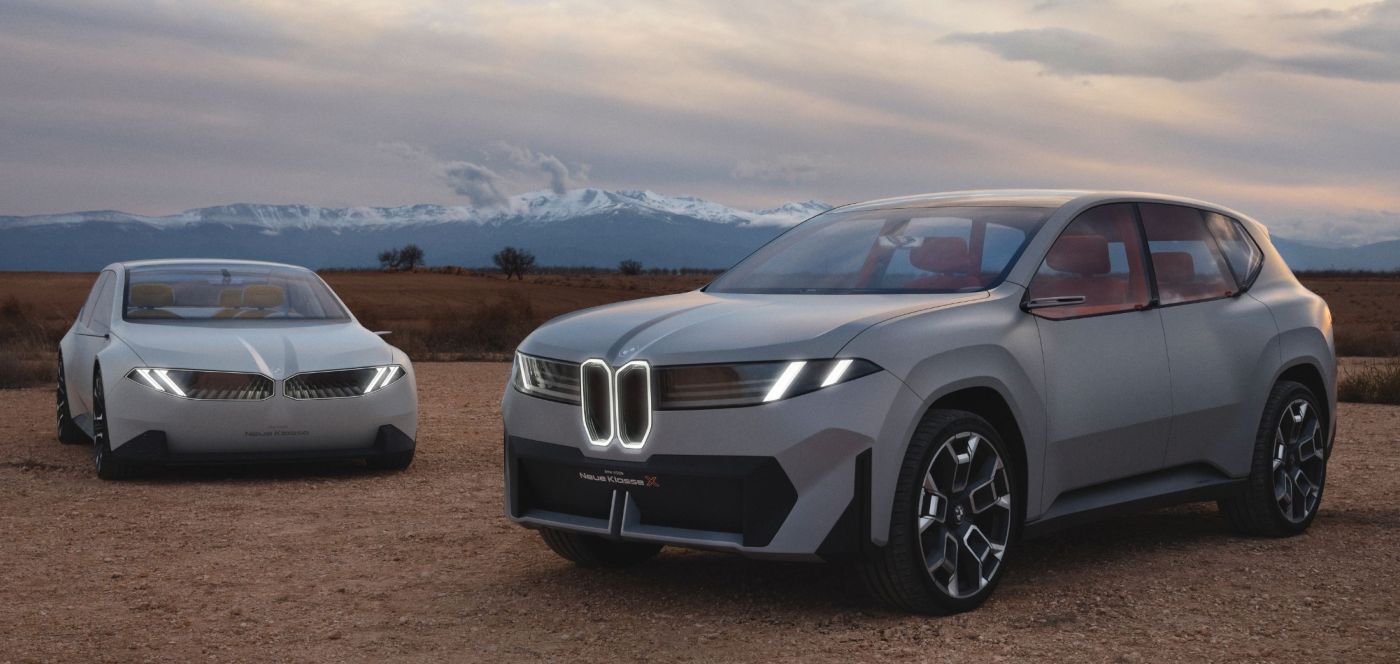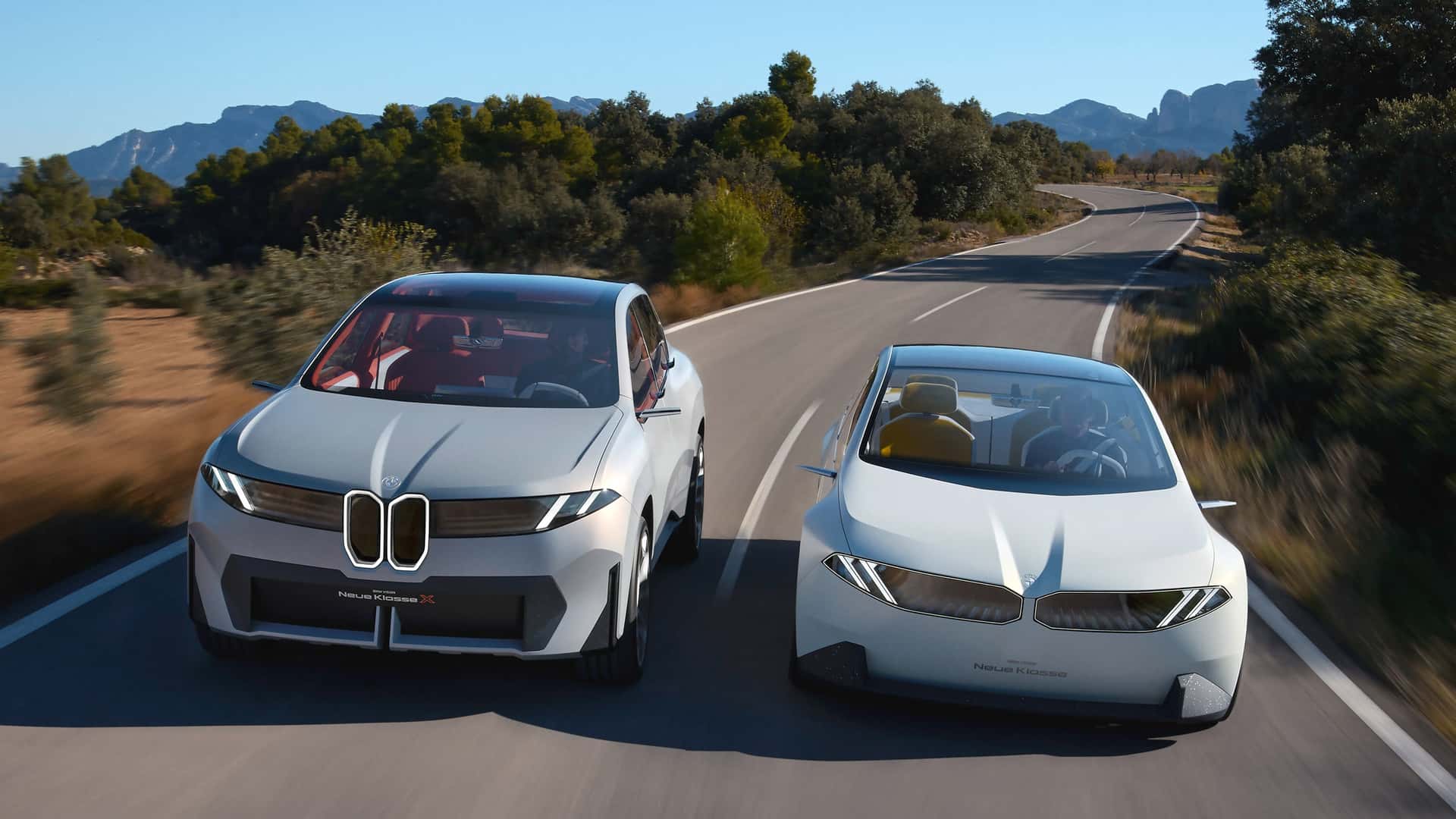
BMW Neue Klasse
The BMW 1500 made its debut at the 1961 Frankfurt Motor Show as the first of the Neue Klasse models, meaning “New Class” in English. These cars were unlike anything BMW had previously built, featuring sharp lines and sculpted forms that went on to shape the brand’s design philosophy well into the 1990s.
Now, BMW is preparing to launch an entirely new Neue Klasse, which, much like the original, is set to redefine the brand’s future. But this time, the revolution goes far beyond design. The modern Neue Klasse represents a complete vehicle architecture built for the next generation of electric cars.
We’ve already seen concept versions of the Neue Klasse, twice, in fact, but the first production EVs built on this platform won’t appear until 2025. Here’s everything we know so far.
What Is The BMW Neue Klasse?
The Neue Klasse platform has been developed exclusively for electric vehicles, with battery packs integrated directly into the car’s structure. These packs will range from 75.0 to 150.0 kilowatt-hours and will support 800-volt charging systems capable of reaching up to 270 kilowatts. When plugged in, the Neue Klasse can add about 30 miles of range per minute of charging.
The vehicles built on this platform will use cylindrical battery cells developed in-house by BMW. These cells deliver 30 percent more energy within the same physical size as the current prismatic units. With this technology, the Neue Klasse models could potentially achieve a driving range of up to 621 miles on a single charge.
What’s Under The Hood?
The Neue Klasse architecture can accommodate a wide range of electric powertrains, offering anywhere from 268 horsepower to a staggering 1,341 horsepower, the latter rumored to use a quad-motor setup. Both rear-wheel and all-wheel drive configurations will be supported, and the system will even allow for two drive units to power only the rear wheels if desired.
What Does It Look Like?
That depends, the Neue Klasse isn’t a single model but a versatile architecture that can underpin various types of vehicles. The first model expected to launch on this platform is an electric crossover that will reportedly take over the iX3 nameplate. Following that, BMW plans to introduce a 3 Series–sized sedan, possibly badged as the i320 or i330.
The company also has plans for Neue Klasse vehicles designed specifically for the Chinese market, and even Mini will adopt this new platform for some of its future models.

BMW intends to roll out four additional vehicles on the Neue Klasse architecture by the end of the decade. Reports suggest that these will include entry-level i1 and i2 models, as well as an iX4 coupe-style crossover scheduled for 2026.
In September 2023, BMW unveiled the Vision Neue Klasse concept at the IAA Mobility show in Munich. The design pays tribute to the original Neue Klasse models of the 1960s, blending those classic chiseled forms with futuristic details such as 3D-printed lighting elements. The interior also showcases the next evolution of BMW’s iDrive system, featuring a Panoramic Vision head-up display that spans the width of the windshield.
Will The Neue Klasse Get An M Model?
Most likely. Although BMW hasn’t released many specifics about performance-focused variants based on the Neue Klasse, the company has filed a trademark for the name “iM3.”
Rumors suggest that a high-performance M model could use a quad-motor system producing up to 1,341 horsepower. If BMW maintains its usual product launch pattern, expect these M-badged versions to arrive a year or two after the standard models hit the market.
When Does It Debut?
The first production model built on the Neue Klasse platform will be revealed in the second half of 2025. Initial manufacturing will take place in Debrecen, Hungary, and Shenyang, China, with production expanding to Germany in 2026. Additional models are expected to be assembled in Mexico starting in 2027.
How Much Will It Cost?
Pricing will depend on the specific vehicle, as at least six models are expected to share the Neue Klasse underpinnings.
While BMW has yet to release official pricing details, reports suggest that the new battery technology will be cheaper to produce than current systems. Lower manufacturing costs could allow Neue Klasse models to be priced closer to BMW’s existing combustion-engine lineup.
